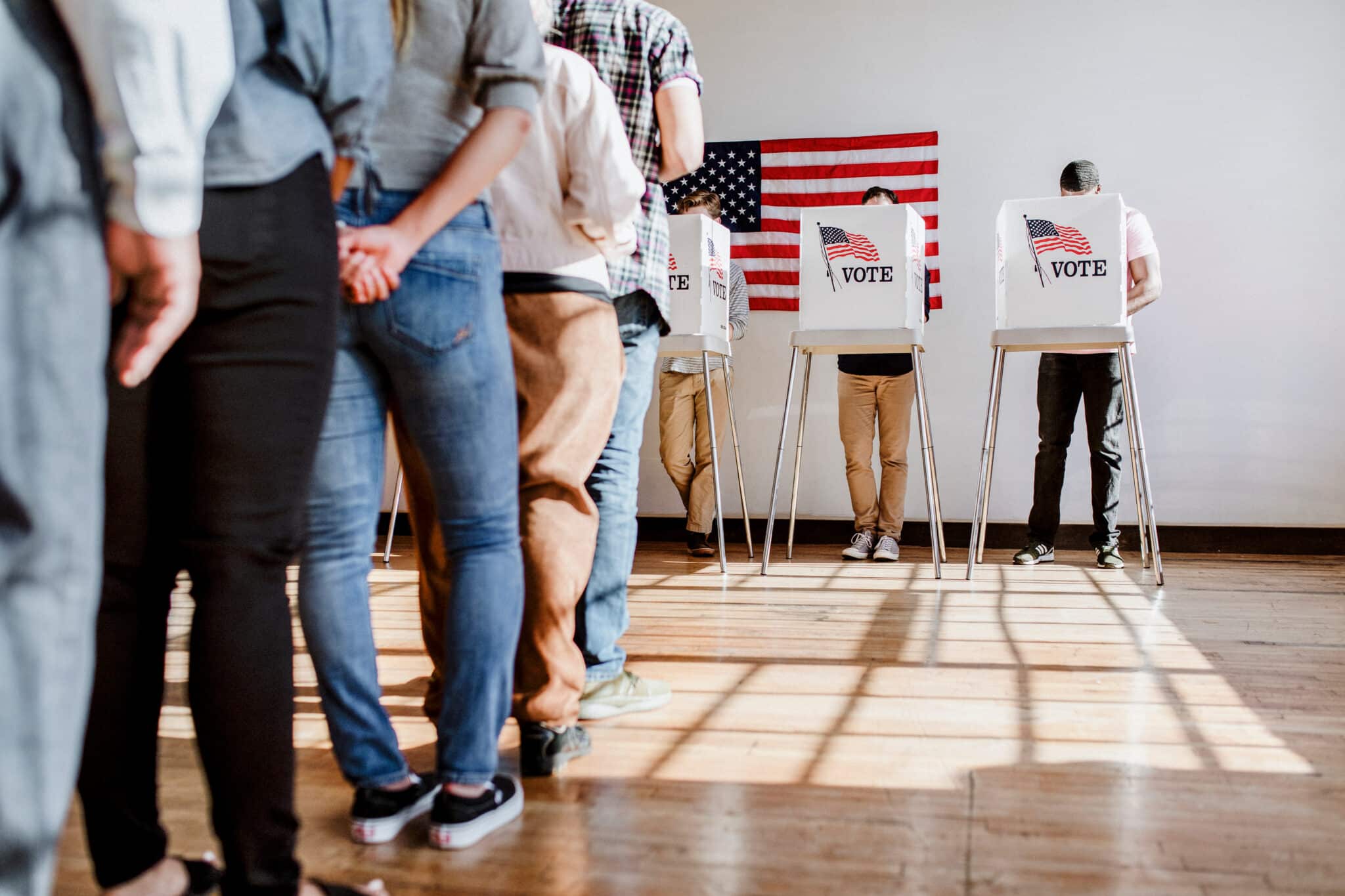5 Strategies to Prepare Organizations for Presidential Election Disruption

The countdown to the US presidential election is well underway, and concerns about election-related violence and disruption are on the rise. For the first time ever, the Council on Foreign Relations’ Preventive Priorities Survey has identified a domestic threat – the growing risk of political violence around the U.S. – rather than an international conflict as the top concern among foreign policy experts.
But the risks of political violence and disruption leading up to the U.S. presidential election and inauguration are not just a concern for foreign policy experts or the Secret Service, the agency responsible for protecting candidates for president during presidential elections. These risks also present very real concerns for corporate security, executive protection, analysts, and others working in security and protection. Even though the Nov 5, 2024 election is just months away, there is still time for organizations to prepare for potential election-related violence and disruption and the impacts they may have on employee safety, facilities security, and continuity of operations.
To discuss these issues and what organizations can do to prepare, I was invited to participate in “One Year to Go: Risks in the U.S. Rise from Election-Related Protests and Targeted Violence,” a panel discussion hosted by RANE, with analysts Sam Lichtenstein and Matthew Bey of RANE and former FBI Deputy Director Brian Lynch. The panelists all agreed that the remaining months before the presidential election and inauguration hold significant potential for election-related violence, threats, protests, and other disruptions that may adversely impact corporations and other organizations.
Here are five key takeaways from that panel discussion for security professionals to consider:
01
Election-related threats and protests will likely impact individual corporations and organizations, not just those running for office. Companies with leaders who weigh in publicly (for example, through social media) on political races, current geopolitical conflicts, or other polarizing issues may draw adverse attention and threats to the organization and/or to themselves as potential targets. Security personnel should take time now to develop or hone their intelligence-gathering abilities to help identify threats and adverse mentions on social media platforms.
TIP: Gather intelligence from alt-social sites like Mastodon, 4Chan, and 8kun to identify concerning users who may be spreading disinformation, conspiracy, and incitement related to your company and its executives.
Security personnel should also alert C-suite leadership and the organization’s communications personnel to the potential threats from an organization’s public positions and request advance coordination before posts or other public statements from the organization’s leadership. Ontic’s most recent State of Protective Intelligence report showed that when CEOs took public positions on various divisive political or social topics, it often resulted in threats to those CEOs and their organizations. It’s also a good time to remind C-suite leadership: Don’t drink and tweet.
02
Election-related threats and protests are occurring in an environment where many organizations are already experiencing increased threats and disruption from ongoing international conflicts, foreign elections, and other geopolitical issues, as well as increased fear of violence in the workplace. Security personnel may already be at capacity in terms of headcount to handle reports of threats and incidents and to run investigations. Security leadership should alert C-suite leadership regarding the potential need for additional security personnel or technology that can serve as a force multiplier for security departments with limited FTEs.
03
Election-related threats, protests, or other disruptions may adversely impact an organization’s operations. Security personnel can take time now to create continuity of operations plans and inform employees of the possible need to enact those plans. Current inclement weather plans and emergency notifications – or prior COVID work-from-home protocols – may be able to be repurposed to notify employees of any change in operations due to election-related disruptions. These can similarly be used if there are disruptions to operations around pre-inaugural and inaugural events as well.
04
If security personnel have not already done so, now is a good time to establish liaison relationships with local law enforcement and also with their state or regional fusion center to supplement the organization’s intelligence-gathering efforts. Similarly, it is a good time for organizations to establish multi-disciplinary teams to address threats of workplace violence, insider sabotage, and handle external threats as well. These teams should be given high-quality training in behavioral threat assessment and threat management to know how to handle threatening behavior that impacts the workplace. For organizations with those teams, now is a good time to run tabletop exercises to walk through possible scenarios.
05
Finally, security personnel – or C-suite leadership – should communicate to all employees that the organization is making preparations in case there is any disruption to normal operations and that employees will be given appropriate guidance in the event of such an occurrence. It is also a good time to remind employees to notify security or HR professionals if they become aware of any threats or other alarming behavior.
As Brian Lynch noted in the panel discussion, “We have to plan for the worst but hope for the best.” In the leadup to the US presidential election on November 5, 2024 – and subsequent inauguration on January 20, 2025 – as security professionals, we must anticipate and plan for a wide array of negative events, including threats, protests, and other disruptions. But at the same time, my colleagues and I will also be hoping there is no need to use those preparations and plans. I, for one, will be hoping for an uneventful election season.






